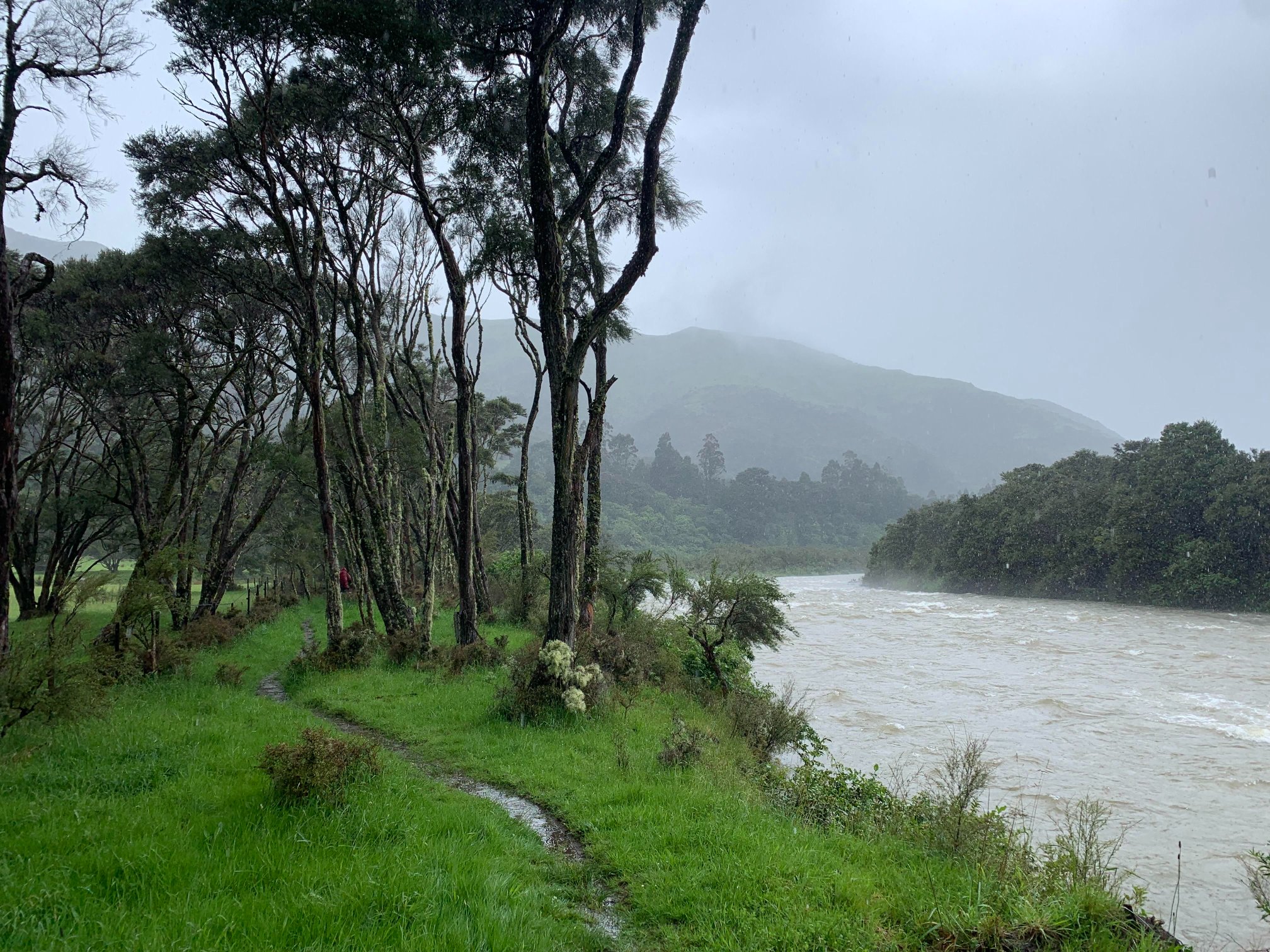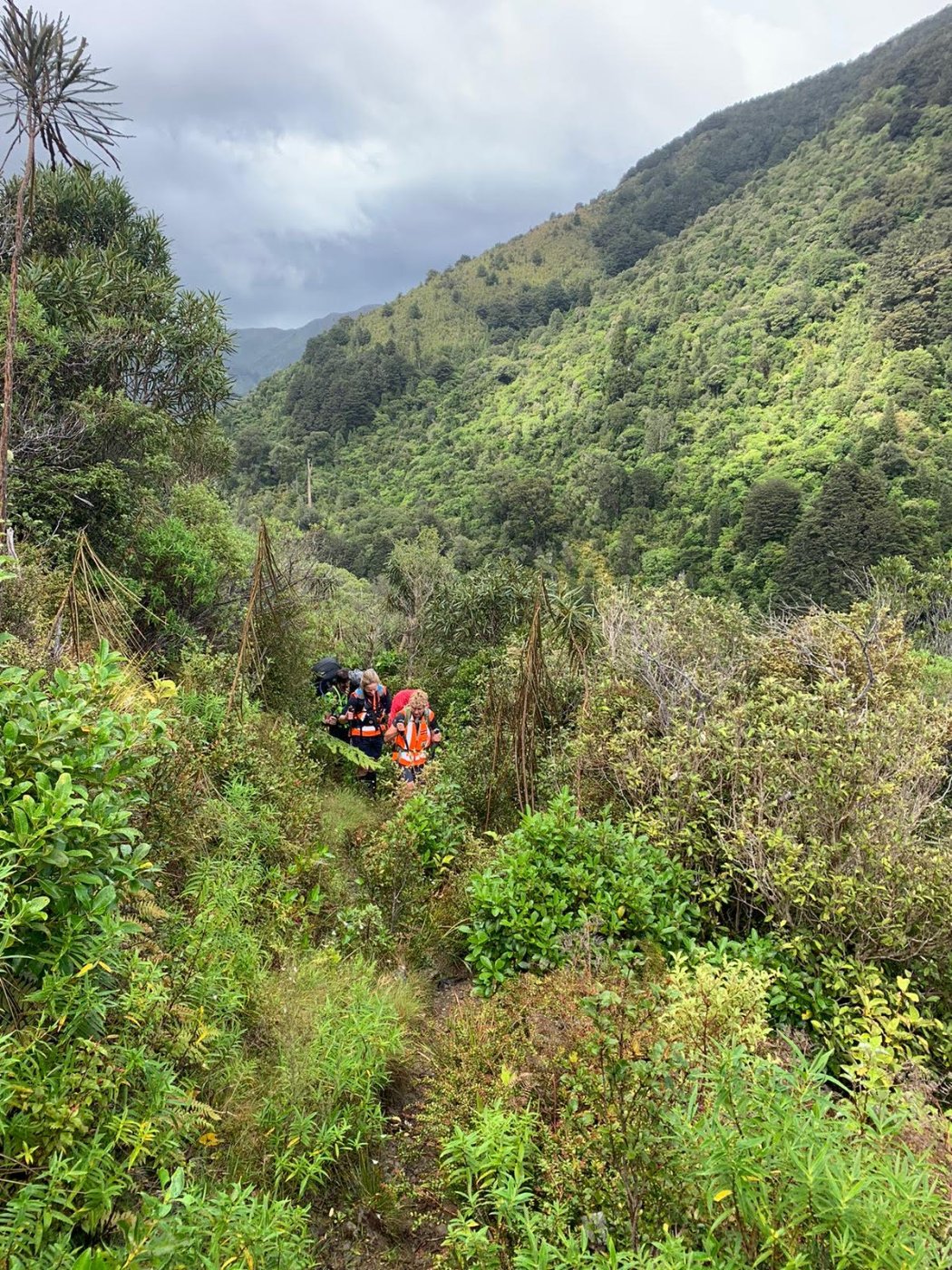From the Eyes of a newbie field member
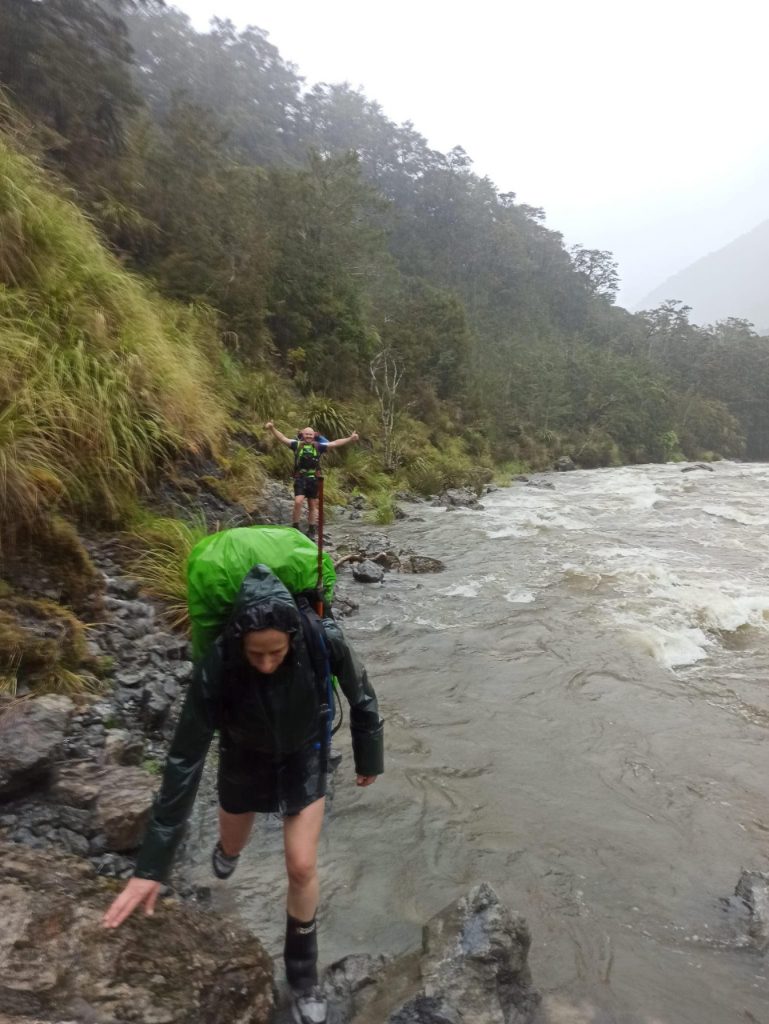
“I received a last minute call up to join SAREX with Wellington LandSAR...
My instructions were to be ready to go at 7.30am on Saturday morning, so I needed to decide whether to camp in Masterton on Friday night or make my own way there on Saturday morning. I ambitiously chose the latter. I planned to leave Wellington at 5:45am, but was told I could hitch a lift with PoliceSAR at 6:30am. I realised that maybe being there at 7:30am on the dot wasn’t so important for all. Something to do with “hurry up and wait”.
Things got rolling around 8am, and we were in the bush by 10am (apparently that’s pretty fast). The weather in Masterton gave no indication that there was over 100mm of rain forecast, so with some relative optimism we set out in our shirt sleeves. I think the rain jackets came out after the first hour and they only came off to sleep.
…I picked up some thigh chafe and learned about the importance of not wearing cotton undies on my next foray into the bush during wet weather.
Our task was Kiriwhakapaka road end to Cow Creek Hut. On arrival we radioed in some intel to IMT and waited for further instructions – we waited for for three hours! Again, I was reminded this is normal – “hurry up and wait”.
Our source of entertainment at Cow Creek was three upstanding civilians who had been sitting there since midday drinking whisky. I should also note these people were also our source of intel, as previously mentioned.
We received one more task for the day (around 7pm mind) and made camp close to Cow Creek (around 9:30pm mind) which was more a roaring torrent of soupy water. After tenting under another 100mm of rain, we made tracks to Cow Saddle and found our missing person – although there is an argument that he found us.
From this point we made quick progress back to the road end where I picked up some thigh chafe and learned about the importance of not wearing cotton undies on my next foray into the bush during wet weather.
My biggest takeaway from the weekend as a new recruit was how much work is done from the IMT side. It was also pretty cool to see the two PoliceSAR members in my team working.
I was grateful to be home and dry with some hot food in me, and especially grateful I didn’t have to drive the Rimutaka hill. But really I’m just looking forward to the next time I’m out in the hills, whether it’s with LandSAR on operation or with my friends.”
— Jack Cooke (new recruit/field team member)
From the eyes of a newbie imt
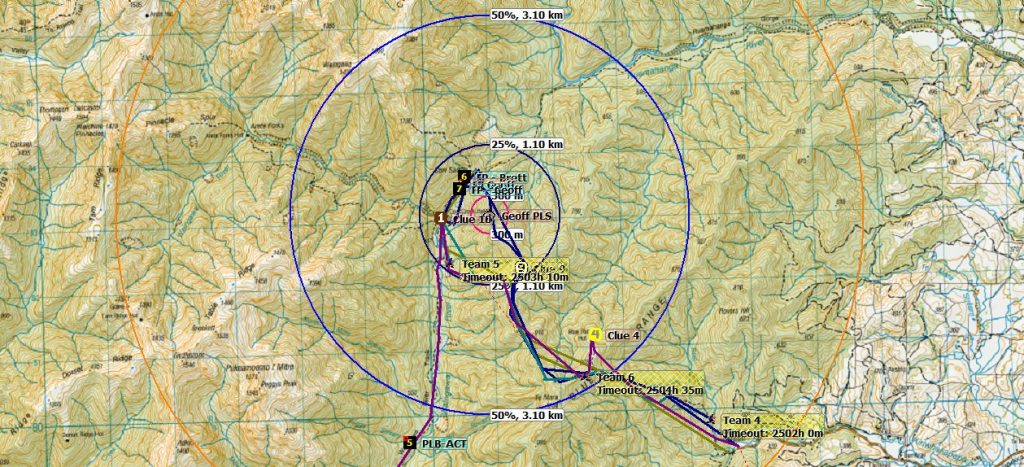
“Being a relative newbie I wasn’t sure what I was in for when I set off for SAREX 2021…
…but I knew it would be a good time when I ran into most of the IMT crew at the Clareville bakery fuelling up on donuts and coffee, completely fulfilling the stereotype I’d been warned about by the staunch long-term field members.
Wairarapa kicked off the exercise and we held a brief handover in the small IMT room in Masterton. It was hard not to be distracted by all the boards and maps, while concentrating on the briefing at the same time. During training I’d seen bits and pieces of the IMT process but I hadn’t yet seen it all go, and there was a lot going on.
After a slightly bumpy start, in part due to a ten-person IMT invading a room meant for four, we settled into our roles, with the newer members paired up with more experienced members. The exercise was complicated, with two separate missing parties to work with, and it was interesting to listen to the conversations happening about splitting the exercise into two plans, and when might be the optimal time to do that.
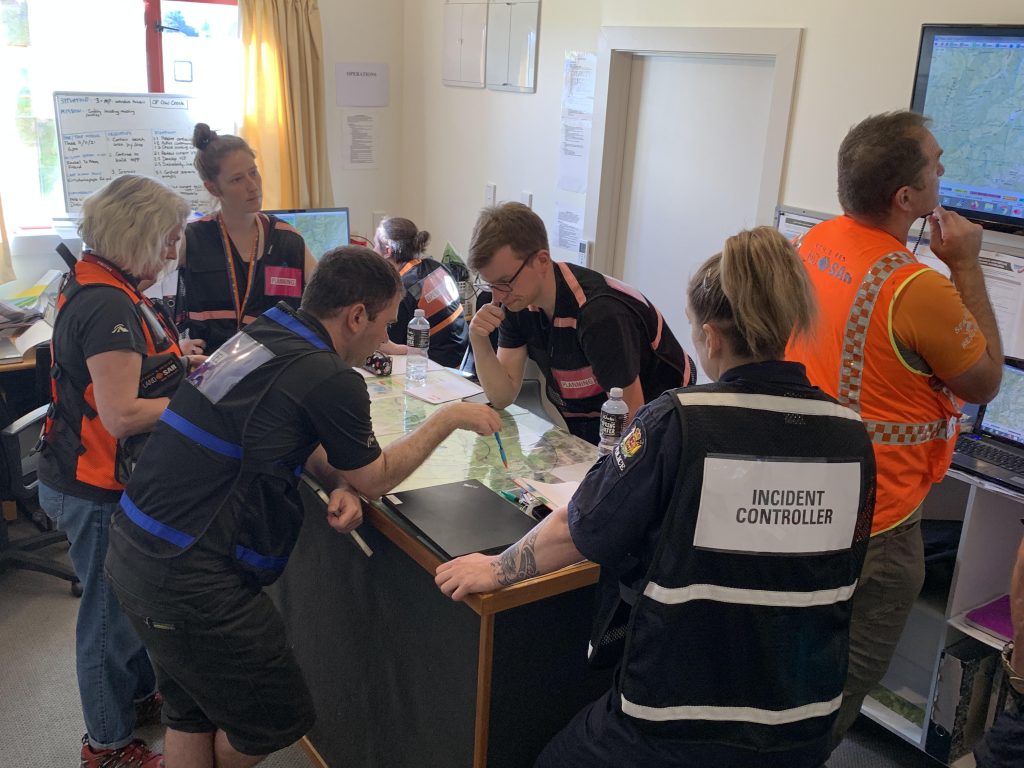
Time went quick on Saturday, with all the buzz in the main room interspersed every so often by one of us looking up and out the window and remarking at the sight. We could see directly up the Waingawa valley, where the field teams were, and it looked formidable. Rain had been non-stop since Friday night and wasn’t going to let up. One of the most interesting things about this exercise for me was debating what was between a reasonable ask of the field teams, and what was too much.
One of the biggest learnings for me was the importance of following up when we were struggling to get in contact, and making sure we were getting first-hand feedback about the conditions from those teams.
On Sunday the exercise started to wind down early on, with our planning turning quickly to demobilisation and preparing for debriefs. I had wondered if some field members may be grumpy when they returned, with a particular tasking in mind that required a team to venture back out into the weather after they had spent some time inside a warm hut. When I caught up with a friend later on the Sunday, he said he was slightly frustrated, but not for the reasons I had thought. We’d ended up pulling the team back because of the deteriorating daylight and terrible conditions, but he’d wanted to keep going!
All in all it was a successful exercise and the new IMT members and I all learned a lot. There was a fantastic culture in the team, with tons of support and communication. Debriefs were great and everyone had a chance to contribute.
Highlights for me were getting into our groove on the first afternoon, hearing for the first time someone had been found, and putting faces to names when the field teams returned. And of course, engaging in highly intellectual debates over the etymology of ‘sked’.
— Clare O’Connell (new recruit IMT/ Field Member)
